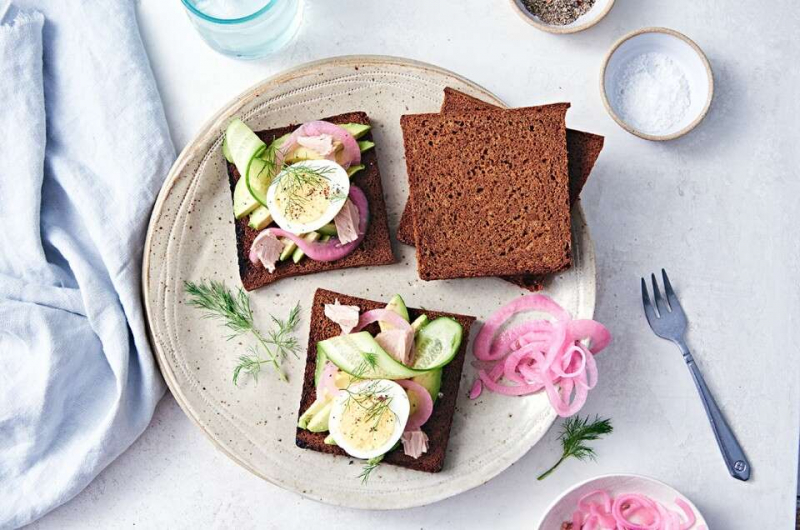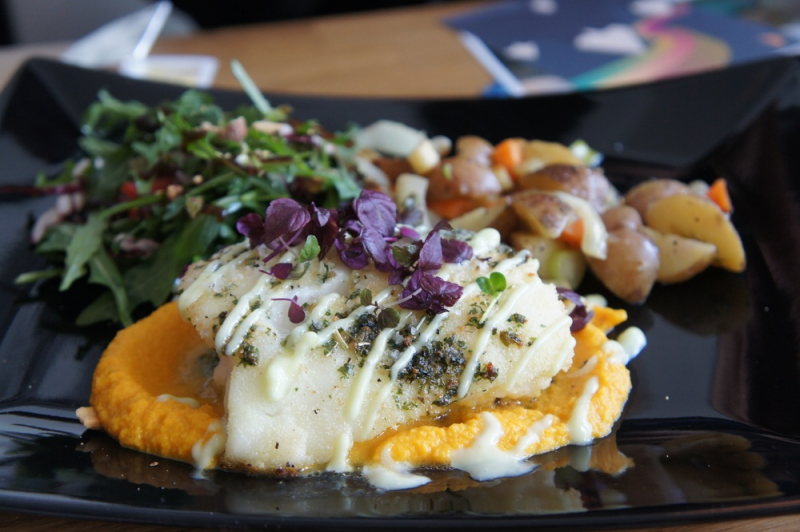Food Specialities in Iceland
In the past, Iceland's resources were scarce and difficult to get by. The lack of sunshine severely restricted fishing and hunting opportunities, and the Arctic Circle's remote location makes importing and exporting food and goods difficult. As a result, Iceland's food culture is simple and represents centuries of struggle to exist in tough environmental conditions.
Fish, lamb, or Icelandic skyr are the most common foods in Iceland (a type of yogurt). For over a thousand years, they have been the staples of the Icelandic cuisine.
Geothermally heated greenhouses, on the other hand, make veggies more accessible, allowing modern chefs to be more creative by incorporating new items into traditional dishes.
Besides fish, if you visit Iceland, you must sample Icelandic rye bread, also known as "rugbraud", which is a dark, sweet-tasting bread with a thick consistency and no crust. It's baked in a pot over the embers of a dying fire, then covered in turf and left to stand overnight, according to tradition. Another method for making "rugbraud" is to bury the pot near a hot spring and bake the bread in the geothermal heat. The bread is known as "hverabraud" or "hot-spring bread" when this procedure is utilized.
Rugbraud goes well with fish (and is a must-have side dish with the aforementioned "plokkfiskur" fish stew), but it's also delicious on its own. Mutton pate, butter, cheese, pickled herring, or smoked lamb are all wonderful toppings for "rugbraud" and "flatkaka." Food Specialities in Iceland










